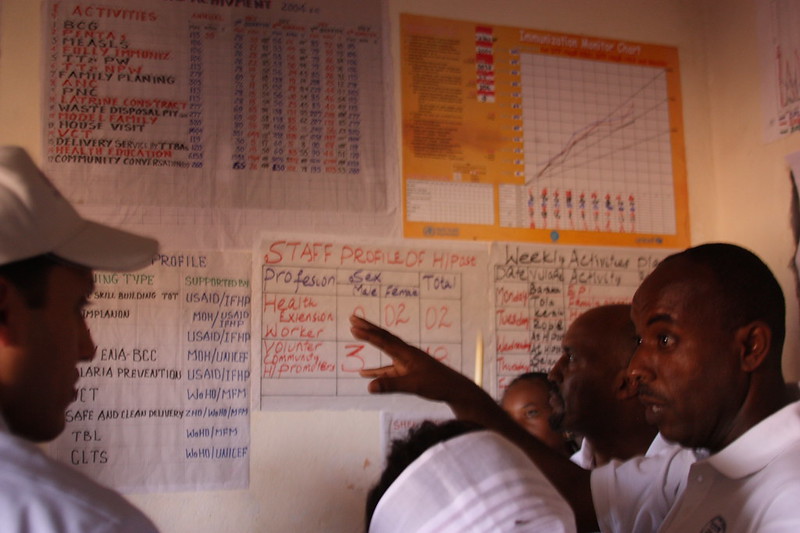Africa is going to need a lot more power. The average citizen in Sub-Saharan Africa consumes just 536 kWh/year, versus 6,627 in Europe or 13,246 in the United States. Demand for electricity far exceeds current supply from power plants, as we estimate here for the six countries in President Obama’s Power Africa initiative.
It’s hard to run a business or a home without power, and those lucky few who are connected to a grid usually find electricity erratic and unpredictable. So millions of Africans, fed up with their service or having none, buy their own generators—making this noisy scene now commonplace across the continent. Increasingly, these generators are becoming not a backup luxury but a primary source of power, even for major companies like cell phone provider MTN, which owns 6,000 generators in Nigeria alone. Not only do generators cost a fortune upfront, but monthly fuel expenditures are very high, which further restricts access to those with cash to spare.
Another cost of generator proliferation is an exceptionally high level of CO2 emissions. While a coal power plant, usually considered the worst energy option for the environment, might produce ~1,000 gCO2/kWh, an individually-owned 5kW diesel generator emits twice as much. Larger generators, which are even more expensive and far less common, only fare a little better than coal (see table).
|
CO2 emissions
|
g/kWh
|
|
Diesel generators[1]
|
|
|
Small (<60kW)
|
1580
|
|
Medium (>60kW, <300kW)
|
883
|
|
Large (>300kW)
|
699
|
|
Power plants[2]
|
|
|
Coal
|
969
|
|
Oil
|
792
|
|
Natural gas
|
553
|
The aggregate effect of all these generators is huge. If we just take Nigeria, which is Africa’s largest importer of diesel generators with an estimated 9 million units in use[3], the numbers are enormous: we estimate generators produce about 29 million metric tons of CO2 each year. That is greater than expected emissions from the controversial Medupi coal plant in South Africa—but because it is spread out among individuals, it goes unnoticed and unprotested.
Since no one would voluntarily choose a more costly generator over cheaper grid power, another way of thinking about this is to ask how much could Nigeria save in emissions by replacing generators with electricity from large-scale natural gas plants? Using reasonable assumptions,[4] we estimate Nigeria could cut its CO2 output by 18 million metric tons per year—a 63% decrease.
That’s also the equivalent of eliminating the 1.8 mil metric tons CO2/year from Nigeria’s highest-emitting plant, the coal-fired Egbin station, ten times over.

[1] National Multiple Indicator Cluster survey suggests 26% households have generators, while Enterprise Survey data indicates 86% of businesses do. Numbers of households and businesses were estimated using Nigerian CAC registry and WDI data, although it is likely to be underestimated because of large informal sector and possibility that businesses or households own several generators.
[2] Estimate is based on average gCO2/kWh emissions for generators of varying sizes, which are differenced from the average g/kWh for natural gas, then multiplied by the estimated number of generators and weighted by each size group’s share of imports as reported by COMTRADE (a proxy for the distribution of sizes in use).
[3] Abdul Qayoom Jakhrani et al., 2012, “Estimation of Carbon Footprints from Diesel Generator Emissions.”; N. Davis, 2004, "Determination of Emission Factors from Back-Up Generators," Center for Environmental Research and Technology, University of California at Riverside.
CGD blog posts reflect the views of the authors, drawing on prior research and experience in their areas of expertise.
CGD is a nonpartisan, independent organization and does not take institutional positions.






